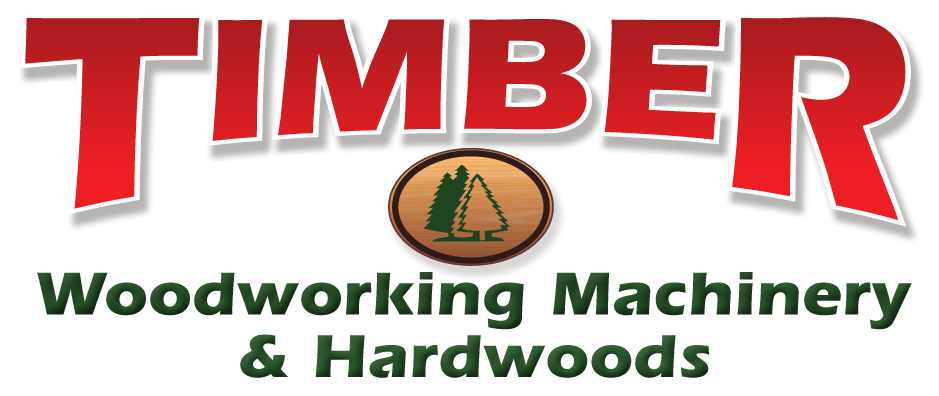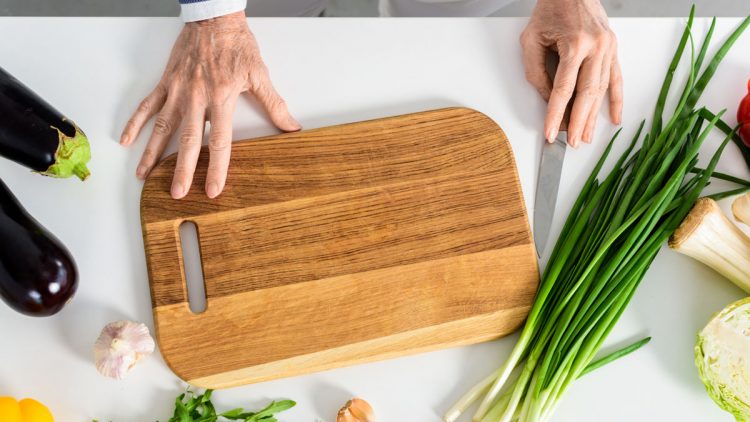Best Hardwoods for Cutting Boards
If you love spending time in your kitchen, one of the greatest tools you can utilize is a hardwood cutting board.
Amazingly enough, wood can have more sanitary advantages than plastic when prepping food. Below is the best species of hardwood for a cutting board (also known as a chopping board), considering their qualities, food safety characteristics and maintenance.
What’s the Best Type of Wood for Cutting Boards?
There are a lot of good wood types to decide from for a top-quality cutting board. One reliable indicator of finding out which hardwood constitutes a good cutting board is to see what its hardness rating is.
The Janka scale, or hardness rating, is how unyielding wood is to depressions, wear and tear.
Maple may be deemed the best wood for cutting boards. Maple cutting boards are not going to dull knife blades, however, are resistant scratches. This type of wood is usually more cost effective since it is native to North America, growing in (occasionally) harsher settings such as the Midwest, leading to a larger supply of it. Cutting boards made from Walnut can also handle a great amount of knife usage.
Things to Think About When Choosing a Cutting Board
A vital element when choosing a kind of wood for a cutting board is food sanitation. Three significant traits establish whether or not a hardwood species is thought of as food safe.
Porosity
Porosity is in reference to the sameness of a wood to “soaking” in liquids. Larger pores allow bacteria and mold to grow. Butternut wood, Oaks, and Mahogany are very porous and are not recommended for preparing meals, particularly when preparing meat that is raw.
Grain
Closed-grain woods are additionally associated with pores. Smaller pores mean these types of woods are the preferred decision for food use.
Toxicity
Some woods such as rosewoods, birch, and pine are not for food prep. They discharge oils and sap that are unhealthy for humans to consume with food.
Maintaining Your Hardwood Cutting Board
Using any top-quality hardwood, there is some maintenance required for your cutting board. After every use, use a mild dish soap and wash each side of the board. This hinders warping. Do not put a wood cutting board in the dishwasher – It is going to crack and warp from the different temperature changes and extreme moisture! (Regrettably, if deep cracks or splits begin to form, it’s time to make or buy a new one.)
It’s also suggested to treat the cutting board with food-quality mineral oil routinely. Doing so keeps the wood hydrated, extending the life of the board. Such practices also show the natural luster and aspects of the hardwood. Stay away from specific oils, such as coconut and vegetable oils (the natural odors of food oils are going to seep into the wood), and alternatively, stay with mineral oils or beeswax/mineral oil blends.
When using mineral oil, begin with a couple drops in the center of the board. Rub the oil in a circular outward motion, making sure the oil gets into each crevice throughout the boards surface. The wood is going to soak up the oil, so it’s perfectly fine to add more as you rub it in.
Woodworking Tools Mesa by Timber Woodworking
Timber Wood Working offers softwoods in Mesa, Arizona. We specialize in woodworking tools, equipment, and supplies for commercial woodworking cabinet shops or furniture manufacturers as well as the home shop hobbyist. Contact us today, or call if you should have any questions.

